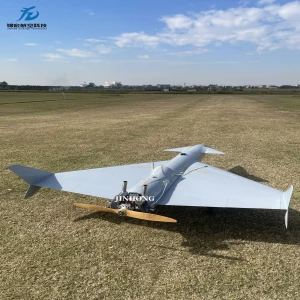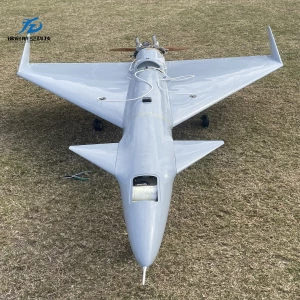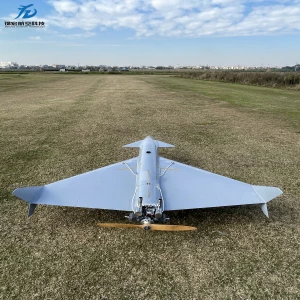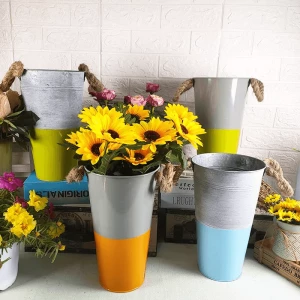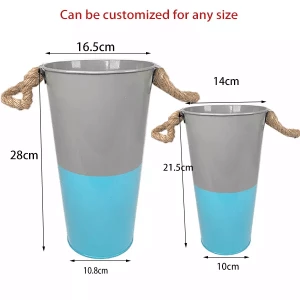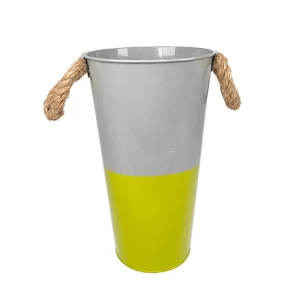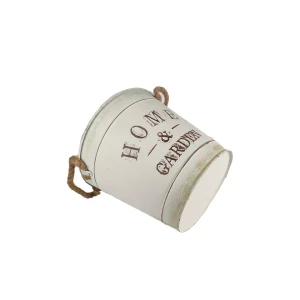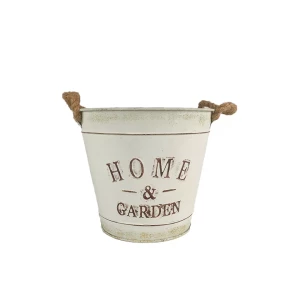Ceramic Fiber Rope: High-Temperature Solutions for Industrial Applications
When it comes to high-temperature insulation, ceramic fiber rope stands out as a reliable and efficient solution. This specialized material is widely used in industries requiring thermal resistance up to 2300°F (1260°C). Whether you're in manufacturing, petrochemicals, or aerospace, understanding its properties and sourcing options can significantly impact your operations.
How to Find Reliable Ceramic Fiber Rope from China in 2025
China remains the global hub for ceramic fiber rope production, offering competitive pricing without compromising quality. To identify trustworthy suppliers:
- Verify certifications like ISO 9001 and SGS reports
- Check minimum order quantities (MOQs) - typically 100-500kg
- Request product samples for density and tensile strength testing
- Review supplier transaction history on platforms like Alibaba
Leading manufacturers in Shandong and Jiangsu provinces often provide OEM services with 15-30 day production cycles.
What Buyers Should Know Before Buying Ceramic Fiber Rope from China
Key considerations when importing:
| Factor | Details |
|---|---|
| Shipping | Sea freight takes 25-45 days; air shipping costs 3-5x more |
| Customs | HS code 6806.90 applies with 5-8% import duty |
| Payment | 30% deposit with 70% balance before shipment is standard |
Always confirm if prices include export packaging (typically steel-reinforced wooden crates).
Types of Ceramic Fiber Rope
Three primary varieties dominate the market:
- Standard Grade: For temperatures up to 1260°C (2300°F), 8-12mm diameters
- High-Purity: >99% alumina content for corrosive environments
- Zirconia Enhanced: Withstands 1430°C (2600°F) with added zirconium oxide
Recent innovations include silicon carbide-coated ropes that reduce abrasion by 40% in moving applications.
Functions and features of Ceramic Fiber Rope
This material excels in:
- Thermal insulation (thermal conductivity 0.12 W/m·K at 1000°C)
- Fireproof sealing for furnaces and kilns
- Vibration resistance in expansion joints
Unlike fiberglass, ceramic fiber won't melt or drip, maintaining structural integrity during thermal shocks.
Scenarios of Ceramic Fiber Rope
Common industrial applications include:
- Boiler door seals in power plants (lasts 2-3 years with proper maintenance)
- Exhaust system insulation in automotive manufacturing
- Gasket material for chemical processing equipment
A steel mill in Germany reported 18% energy savings after upgrading to zirconia-enhanced ropes in their reheating furnaces.
How to Choose Ceramic Fiber Rope
Selection criteria:
- Match temperature rating to your operating conditions (+20% safety margin)
- Consider chemical exposure (alkali resistance varies by composition)
- Evaluate compression recovery (premium grades rebound to 90% original thickness)
For dynamic applications, choose ropes with Inconel wire reinforcement for added durability.
Ceramic Fiber Rope Q & A
Q: How does ceramic fiber rope compare to ceramic fiber blanket?
A: Ropes offer better sealing for irregular gaps and moving parts, while blankets suit large flat surfaces.
Q: What's the typical lifespan?
A: 2-5 years depending on temperature cycles; zirconia versions last 30% longer.
Q: Is it safe for food processing equipment?
A: Only if specially certified - standard versions may contain binder resins unsuitable for food contact.
Q: Can it be cut to custom lengths?
A: Yes, most suppliers provide cutting services with precision to ±2mm.
Q: What's the lead time for custom orders?
A: Typically 3-4 weeks for made-to-order specifications including special weaving patterns.








